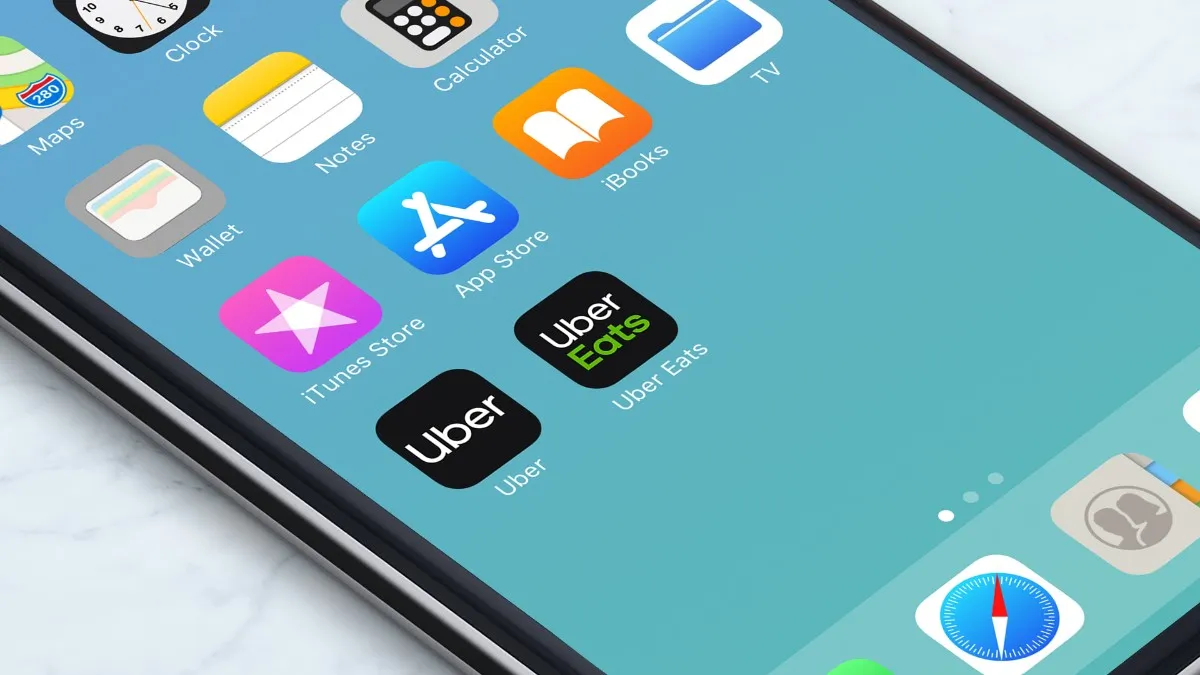Dive Brief:
- Uber Technologies today is updating its voucher program to let businesses put their branding on electronic certificates they can give to customers and employees for discounts on rides and meals. The company's Uber for Business unit also can distribute vouchers directly on behalf of a business directly from its dashboard instead of through email or other channels, per an announcement emailed to Marketing Dive.
- With the update, businesses can offer vouchers that show their logo, giving them a way to create branded experiences that serve as another touch point with customers. Uber for Business also will help businesses save time by managing the data for their voucher offers and distributing them to target groups like customers or employees.
- The vouchers have a variety of use cases, such as helping retailers drive foot traffic to stores by offering rides to their most loyal customers. Businesses also can give out the vouchers as rewards for completing surveys, attending meetings and webinars or boosting attendance at events. They also can bundle the vouchers with other offers or membership programs to drive loyalty, per Uber.
Dive Insight:
Uber for Business's updates to its voucher program aim to help businesses put their own branding on customer experiences provided by the ride-hailing and food delivery company, and to manage the offers with a single dashboard. The vouchers have a variety of applications for marketers, letting them offer rides or meals as an extra incentive to respond to a call to action (CTA), or to expand the menu of services offered in membership rewards programs to maintain customer loyalty. About two-thirds (65%) of businesses use loyalty programs to attract new customers, according to a survey by Harvard Business Review. As brands and retailers look to differentiate themselves in a crowded market and as COVID-19 continues to keep many folks away from restaurants and public transit, ride and meal vouchers can make a big difference in branding and loyalty.
The vouchers have specific use cases for retailers that want to provide additional incentives for shoppers to visit stores and malls. Amid worries about the pandemic, foot traffic plunged about 53% to indoor malls and 48% to outlet malls on Black Friday from a year earlier, according to mobile user location data compiled by Placer.ai. Its data showed that foot traffic to outlet malls had recovered by the following Sunday, surging 30% from a year earlier as shoppers looked for deals. The foot traffic patterns indicate that while shoppers are cautious, some can still be incentivized to visit stores. Uber ride vouchers may help retailers to either boost foot traffic or support their curbside pickup offerings.
For Uber, the updated voucher program is an incremental source of revenue as the company gradually recovers from the negative effects of the pandemic on ride-hailing services. It saw a 53% plunge in ride-hailing revenue to $1.37 billion in Q3 from a year earlier, an improvement from the 67% drop in the prior quarter. However, its Uber Eats service experienced a 125% surge to $1.45 billion in Q3 revenue, compared with the 103% jump in Q2, as homebound consumers sought an alternative to restaurant dining. The company's budding grocery delivery service also was strong, and is expected to expand next year.
In another bid for revenue, Uber in February partnered with out-of-home (OOH) ad-tech firm Adomni to put advertising displays atop some of its vehicles, and planned to expand the effort to Chicago and Los Angeles in Q4.













